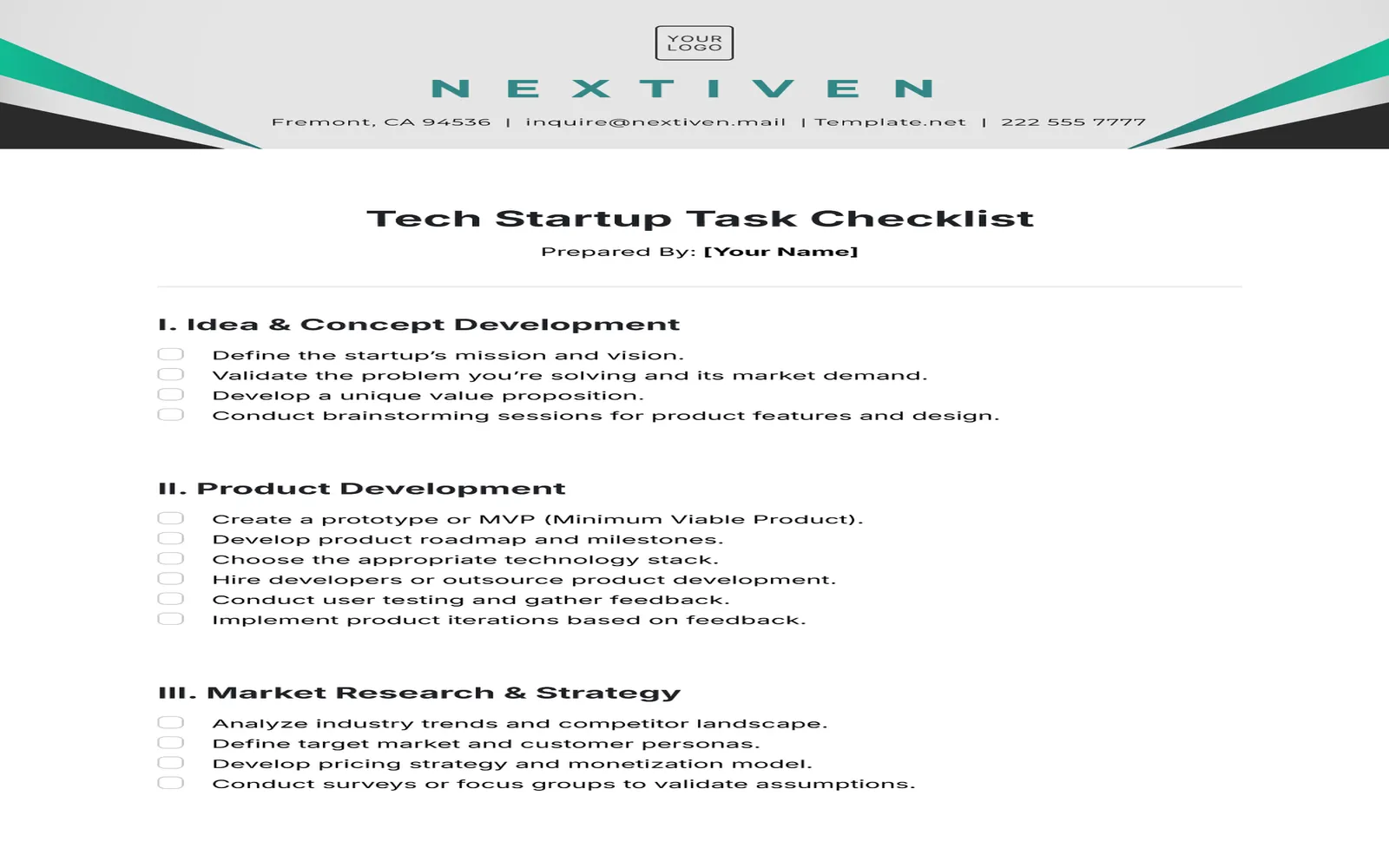Understanding Content Marketing Strategy
Creating a successful content marketing strategy requires a clear understanding of your target audience, brand goals, and the overall market landscape. A well-defined strategy not only helps in achieving marketing objectives but also establishes a strong online presence. This section will guide you through the essential steps to develop a comprehensive content marketing strategy.
Step 1: Define Your Goals
Before diving into content creation, it’s crucial to define what you want to achieve. Common goals for content marketing include:
- Increasing brand awareness
- Generating leads
- Boosting engagement
- Driving website traffic
- Establishing authority in your niche
Each goal should be specific, measurable, attainable, relevant, and time-bound (SMART). For instance, if your goal is to increase website traffic, specify by how much and within what timeframe.
Step 2: Know Your Audience
Understanding your audience is vital for creating relevant content that resonates. Create audience personas that include:
- Demographics (age, gender, location)
- Interests and preferences
- Pain points and challenges
- Preferred content formats (blogs, videos, infographics)
Utilize tools like Google Analytics and social media insights to gather data about your audience. This information will guide your content creation and distribution efforts.
Step 3: Conduct a Content Audit
A content audit helps evaluate existing content and identify gaps. Analyze your current content based on:
- Performance metrics (traffic, engagement, conversions)
- Relevance to current audience needs
- Alignment with your defined goals
This process will help you understand what works, what doesn’t, and where to focus your efforts moving forward.
Step 4: Choose Content Types and Channels
Select the types of content that resonate with your audience. Common content formats include:
- Blog posts
- Social media posts
- Videos
- Podcasts
- Webinars
Additionally, identify the channels where your audience spends their time. This may include:
- Your website/blog
- Social media platforms (Facebook, Instagram, LinkedIn)
- Email newsletters
Step 5: Create a Content Calendar
A content calendar helps organize and schedule your content. Here’s a simple template:
| Date | Content Type | Topic/Title | Channel | Owner |
|---|---|---|---|---|
| 01/01/2024 | Blog Post | How to Optimize Your Website | Website | John Doe |
| 01/05/2024 | Social Media Post | Top SEO Tips | Jane Smith | |
| 01/10/2024 | Video | Understanding Google Analytics | YouTube | John Doe |
This calendar will help you stay organized and ensure consistency in your content delivery.
Step 6: Develop Content
When developing content, keep the following best practices in mind:
- Focus on quality over quantity.
- Use SEO best practices to optimize your content for search engines.
- Incorporate visual elements to enhance engagement.
- Include clear calls-to-action (CTAs) to guide your audience.
Utilizing the right tools, such as content management systems and design software, can streamline the content creation process.
Step 7: Measure and Analyze Performance
Once your content is published, the next step is to measure its performance. Utilize analytics tools to track:
- Website traffic
- Engagement metrics (likes, shares, comments)
- Conversion rates
Regularly analyzing this data helps you understand what content resonates with your audience and what needs improvement. Adjust your strategy based on these insights.
Conclusion
Creating a content marketing strategy is an ongoing process that requires continuous evaluation and adaptation. By following these steps and utilizing the provided template, you can develop a strategy that not only aligns with your business goals but also engages your target audience effectively. Remember, the key to success in content marketing lies in delivering valuable, relevant content consistently.
For businesses looking to enhance their online presence, leveraging platforms like referrerAdCreative can significantly boost content visibility and engagement. Stay committed to refining your approach, and watch your content marketing efforts yield impressive results.





